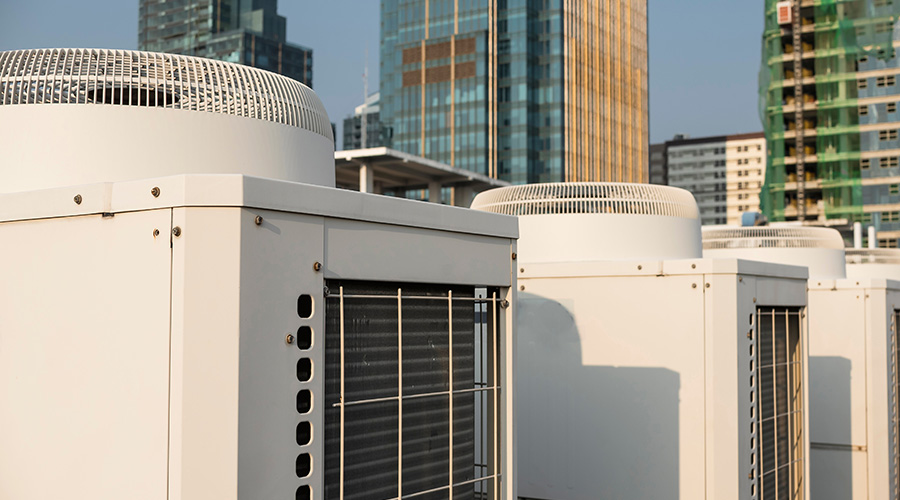Greenbuild
Greenbuild 2006 — Green Product Education
Green product selection, as a major facet of whole-building green design, is a theme facility executives will easily recognize at this year’s Greenbuild International Conference and Expo, the U.S. Green Building Council’s annual trade show. This year, Greenbuild takes place Nov. 15-17 at the Colorado Convention Center in downtown Denver. In addition to the trade show with more than 700 exhibitors, two educational sessions at this year’s Greenbuild provide valuable information about how to select green products.
CSI GreenFormat: A Standard for Evaluating Sustainable Products
Nov. 15, 10:30 a.m. — 12:00 p.m.
Session Number: 101
This session will address a structured process for evaluating products, materials, assemblies and systems to consistently determine compliance with sustainability requirements of LEED and other rating systems.
First, the requirements of designers and specifiers will be framed by an architectural specification writer specializing in sustainable project work. A product designer from a building product manufacturer will then relate the challenges involved in meeting the many and differing requests for information on product performance.
Finally, a member of the Construction Specifications Institute (CSI) Sustainable Facilities Task Team will present a standard sustainable criteria reporting format recently developed by CSI to structure information about products, materials, assemblies, and systems to help the project team make selections that meet the varying requirements of different performance measurement systems such as LEED.
The new CSI GreenFormat provides a consistent framework for reporting and analyzing information that is responsive to sustainable requirements by work categories. The advantage of a structured format consistent with the standard format used to prepare project specifications will be illustrated.
An opportunity to discuss the challenges faced in evaluating products and how the new format will address these challenges will conclude the panel.
The presenters for the session are Peggy White, providing the designer's perspective and Judith Hochhauser of Schneider Electric, providing the manufacturer's point of view on evaluating products, materials and systems for sutainability. Pat Hooper of CSI will discuss CSI's New GreenFormat.
Got LCA? Strengthening Skills to Innovate Sustainable Building Products
Nov. 17, 8:00 a.m. – 9:30 a.m.
Session Number: 609
A growing number of building product and material manufacturers are focusing on sustainability in product development, in part because of the prominence of LEED and other sustainability initiatives.
Increasingly, manufacturers see products designed with economic, environmental and social attributes as key to competitive advantage and success in the building and construction market.
Knowing how to attain and effectively use the information needed to innovate more sustainable products is a first step. In this context, the use of life-cycle assessment is spreading within North America’s high-performance building market and companies are developing the skills and knowledge they need to effectively use life-cycle assessment.
Drawing on real-world case studies from product and material manufacturers, this session will focus on:
- Why life-cycle assessment is a valuable decision-making tool
- What opportunities and challenges exist
- How to foster the knowledge, skills and tools needed to assess a product’s environmental performance across its life cycle.
Three companies will present their experiences and insights on current and future efforts to build capacity for life-cycle thinking and life-cycle assessment studies. The companies will talk about why they conducted environmental life-cycle studies, what they learned, how they used the knowledge, and what value it generated. They will also describe the resources and skills needed to conduct life-cycle assessments.
The session will introduce the idea of life-cycle assessment in the context of green building trends and LEED credits, followed by the three case studies — each posing questions to participants to stimulate interaction and facilitate discussion.
The session is geared toward those interested in learning what it takes to study the life-cycle environmental impacts of products and what the resulting value may be. It is designed for individuals selecting products and materials, as well as manufacturers of those building products.
| |
Greenbuild 2006
Colorado Convention Center
Denver, Colorado
Nov. 17-19, 2006 |
The session's presenters are Paul Firth of Interface Research, Andrea Russell of Rio Tinto Borax and Steve Baer, Armstrong World Industries.
|











